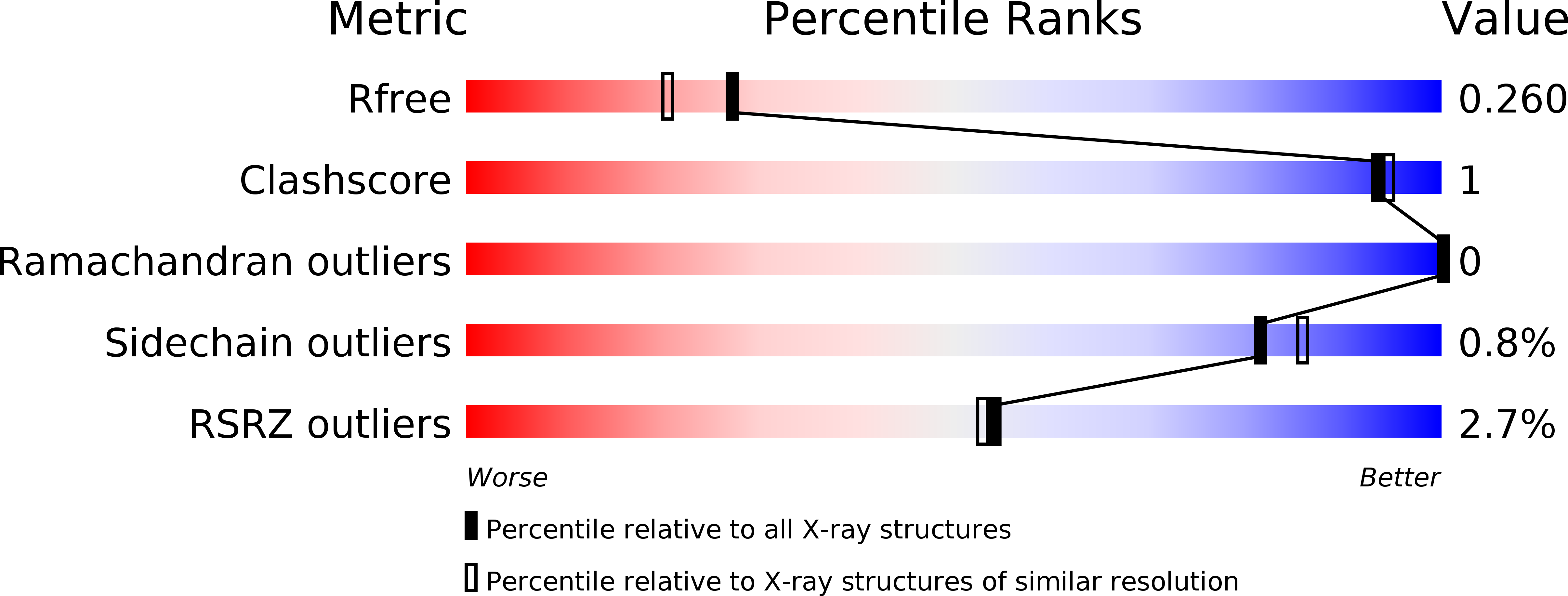
Deposition Date
2016-06-03
Release Date
2016-12-07
Last Version Date
2024-05-08
Method Details:
Experimental Method:
Resolution:
2.01 Å
R-Value Free:
0.24
R-Value Work:
0.20
R-Value Observed:
0.20
Space Group:
P 21 21 21


